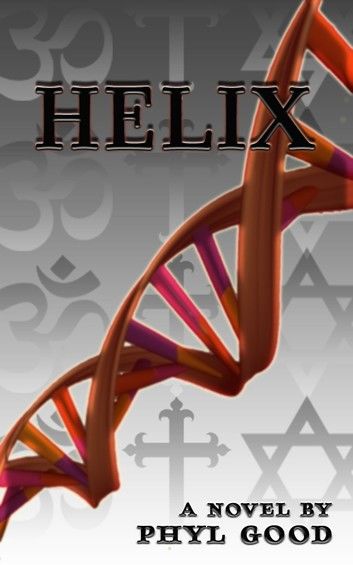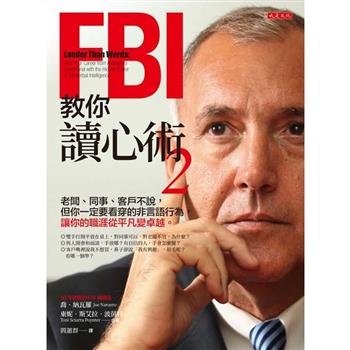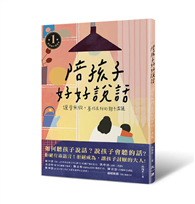If we suppress the impulses that inspire religious terrorism, do we also eliminate the spiritual impulses that lead to transcendent acts? Do they stem from the same source in the human soul, intertwining like the helix of our DNA, condemning us to an endless, deadly either/or choice?
"Helix" puts those questions to Peter Stewart, after the apparent suicide of his twin brother Jon. A century after the world was shaken by global religious wars, a United Nations government has brought peace by taking the teaching of religion out of the hands of families and spiritual institutions, controlling the doctrines taught in school, and not allowing children to declare or practise a religious preference until age 18. But Peter senses that the new peace stems from a deadness of spirit that has infected society, and he finds no inner resources to help him grapple with his twin’s death. Only when he discovers a "religious underground," fighting to bring freedom of religious choice back to the world, does his own spirit seem to revive. But behind this movement looms the prospect of reintroducing the freedom to attack others in the name of one’s own spiritual beliefs. Peter’s exploration of censored history and his struggle with this either/or problem interweave with his ambivalence about the dangerous project of the religious underground throughout the novel.










